Deep ties with “From the Northern Country” and the President’s Office

Deep ties with “From the Northern Country” and the President’s Office
The UTokyo Hokkaido Forest with its annual temperature differential of over 50 C
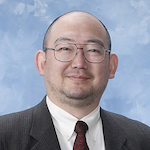 Naoto Kamata Naoto KamataProfessor/Director, The University of Tokyo Hokkaido Forest The University of Tokyo Forests, Graduate School of Agricultural and Life Sciences http://www.uf.a.u-tokyo.ac.jp/english/our_forests/UTHF.html |
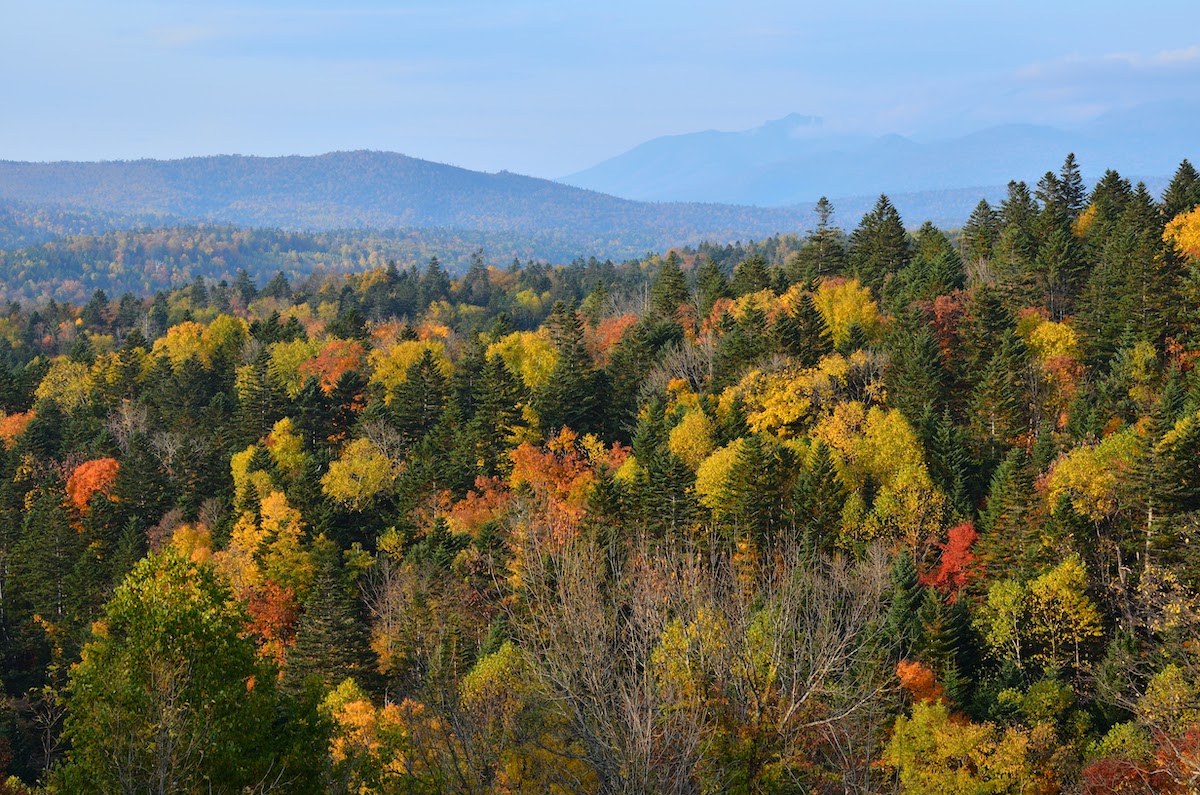
The UTokyo Hokkaido Forest (“Hokkaido Forest” hereafter) is located in Furano, a city known as the “navel” of Hokkaido. It is situated to the southwest of the Tokachidake Mountain Range, in a scenic area with a view of the majestic Yubari Mountains to the west. The annual temperature in this district varies by more than 50 degrees Celsius, from daily highs of above 30 C in the summer to daily lows of below minus 20 C in the winter. The Hokkaido Forest is a mixed needle-leaf and broad-leaf forest.
The Hokkaido Forest manages forested lands of approximately 22,700 hectares in scale, almost one-third the area of Furano. The Forest’s head office is located at the end of a road that cuts across National Route 38, straight out from JR Yamabe Station. It is equipped with a lecture hall with seating capacity for about 60 people, rooms for short- and long-term stay, and desk space for researchers and students involved in research projects. To accommodate users at a low cost, the Hokkaido Forest has a lodging facility with kitchen amenities next to the head office. The facility was converted from an old employee house. Additionally, the Yamabe international lodging quarters is located about a 5-minute walk from the head office. This, too, has been converted from a former employee housing structure, and is equipped to lodge users for long-term stays of one month or more.
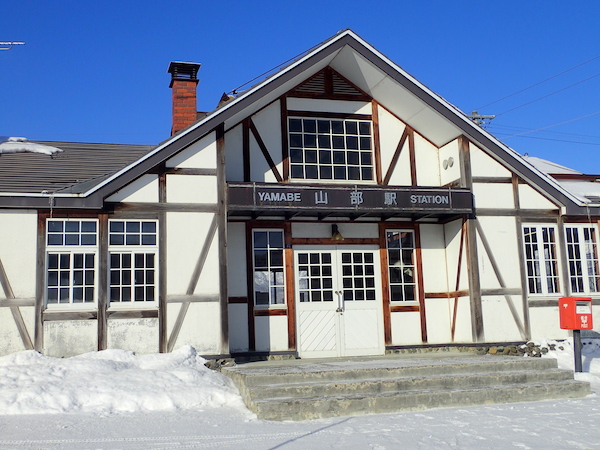
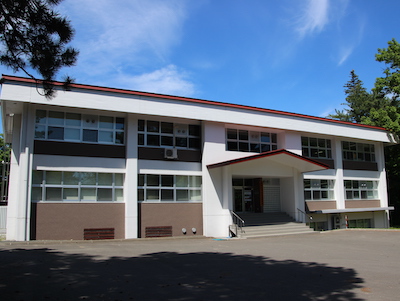
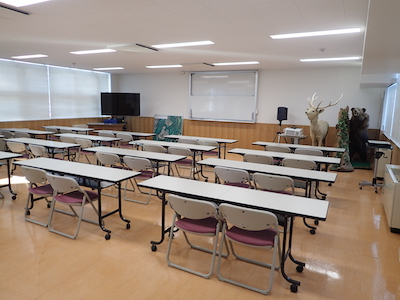
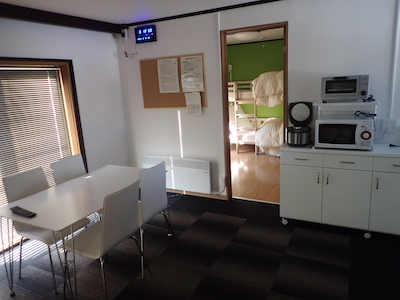
The Hokkaido Forest also offers users a seminar house with meals included. It is located in the Rokugo district and is utilized chiefly for student workshops, summer schools and research lab seminars. Next to the seminar house is a forest museum; the former Rokugo office was relocated and renovated for use as the museum’s structure. The museum’s exhibits include sample cross-sectional cuts from large-girth trees that are not commonly seen today, as well as rock samples and assorted specimens of animal life. The museum also has a collection of herbarium specimens. To facilitate utilization of these resources by outside researchers, efforts are under way to build a database that can be accessed for data searches over the internet. One source of pride at the forest museum is its lecture hall, which has walls that are finished with veneer made of monarch birch. The hall is used for student workshop lectures and community seminars, but the faint red shading of the monarch birch veneer exudes a luxurious atmosphere of warmth. Monarch birch wall materials from the Hokkaido Forest have also found their way onto UTokyo’s Hongo Campus, in not only the President’s Office but also as interior finish materials in several other rooms. How about utilizing the forest museum for your own research lab seminars or related activities?
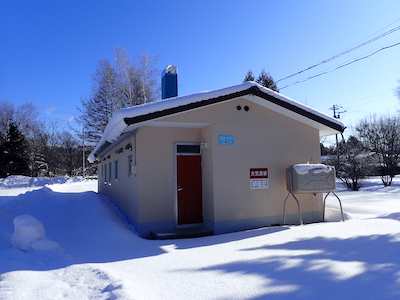
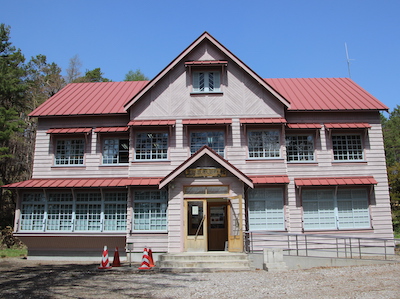
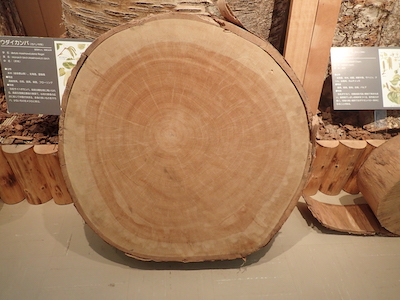
The Hokkaido Forest was established in 1899, only two years after the start of work to develop the Furano community. At that time, it was national policy to open up virgin forests to farmland development and create vast farming districts for food crop production. One aspect of that policy was to give universities tracts of Hokkaido’s primary forests and have them share the responsibilities of developing those tracts for use as farmland, education and experimental forest research. The Hokkaido Forest converted approximately 6,000 hectares of primary forest into farmland and managed it up until agrarian reforms that were implemented after World War II. Logged timber was utilized as a source of university income and contributed significantly to UTokyo’s finances. During wartime, the Hokkaido Forest also sought to accommodate military demand for lumber resources. The history of local tenant farmers and efforts in land development served as a backdrop for “Kita no Kuni Kara [From the Northern Country],” a television drama that aired over a period of 20 years starting in 1981, becoming an unprecedented hit. Some of the filming sites remain even today in the Rokugo district, which served as the setting for this drama.
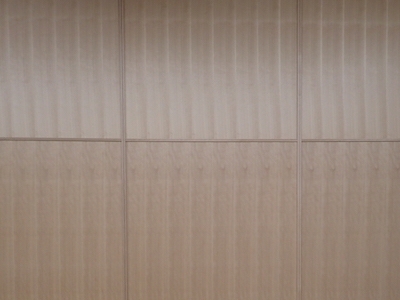
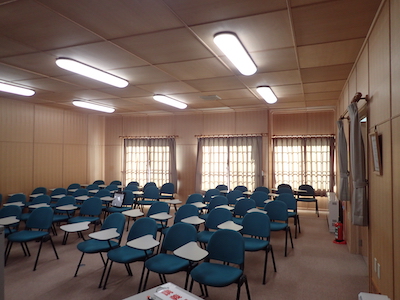
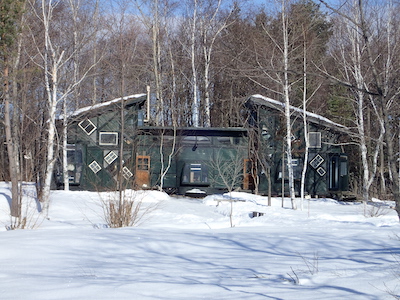
Affectionately known as “Dorogame-san,” Professor Nobukiyo Takahashi was the Hokkaido Forest’s fifth forest director and an awardee of the Japan Academy’s Duke of Edinburgh Prize. Takahashi noticed early that the policy of logging practices focusing on good trees was not sustainable, and in 1958 shifted the management policy of natural forests, starting the experiment of the stand-based forest management system (rinbun segyo-ho in Japanese) that is focused on selective logging. Since then, the Hokkaido Forest has designated inferior trees, aged trees and trees that have sustained damage for logging while striving to implement sustainable management practices aimed at cultivating forests that retain genetically superior trees. Although the term “sustainability” has been a key word used by the forestry industry since the 1990s, the concepts of forest sustainability predate that period by more than three decades. This was a surprising example of foresight.
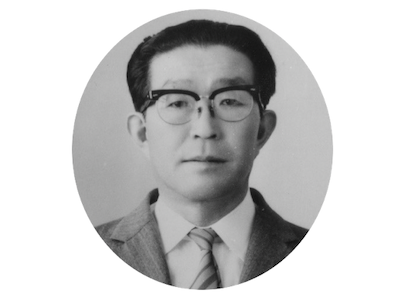
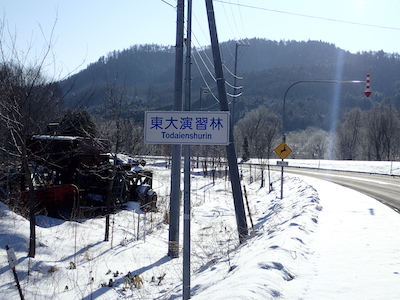
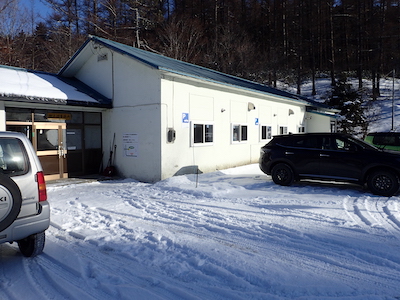
The Hokkaido Forest’s arboretum is about 3 km south of the head office. A public road sign on Route 38 marks its location with the words, “Todai enshurin” [UTokyo Forest]. Forestry management has a relatively short history in Hokkaido. Due to snow blight disease, it was not possible to cultivate the saplings of several native conifer species – Sakhalin Fir, Yezo Spruce, and Sakhalin Spruce – on a large scale. Starting with the task of identifying the causes, the Hokkaido Forest pursued research on the development of tree nursery technologies in collaboration and sometimes competition with other research institutions across Hokkaido. Additionally, in the interim until saplings in these species could be raised on a large scale, the Hokkaido Forest adopted a strategy of planting and raising tree species from outside Hokkaido that already had established cultivation technologies. The arboretum had its beginnings as a facility for experiments aimed at identifying tree species that were suitably adapted to Hokkaido’s climate. To that end, it brought in seeds of tree species from Japan’s Honshu Island, as well as from other areas including East Asia, Europe and North America, monitoring their initial growth. The arboretum has some 4 hectares of nursery space for the cultivation and study of species that grow in mountainous zones. Currently, it produces roughly 20,000 saplings per annum. Because it normally takes around six years for these saplings to grow from seed and reach a stage ready for transplantation, the arboretum actually has about six times as many saplings in cultivation.
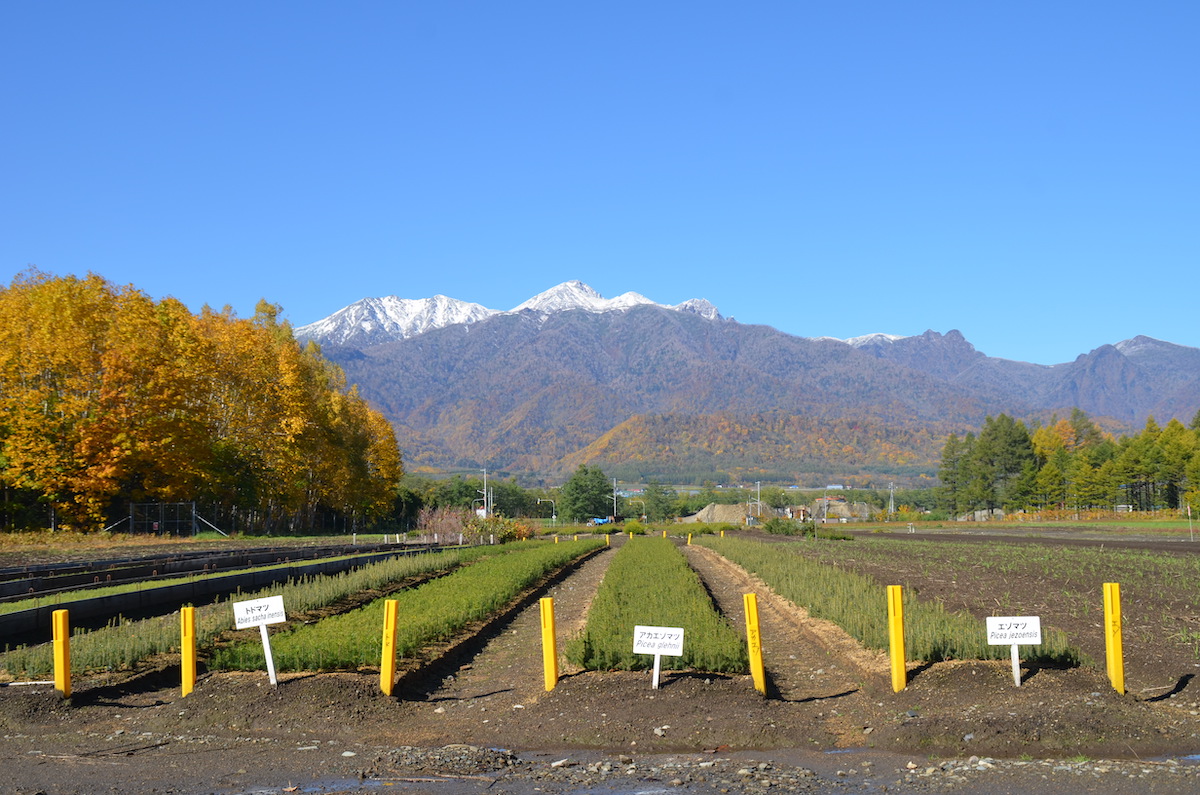
* This article was originally printed in Tansei 40 (Japanese language only). All information in this article is as of March 2020.






